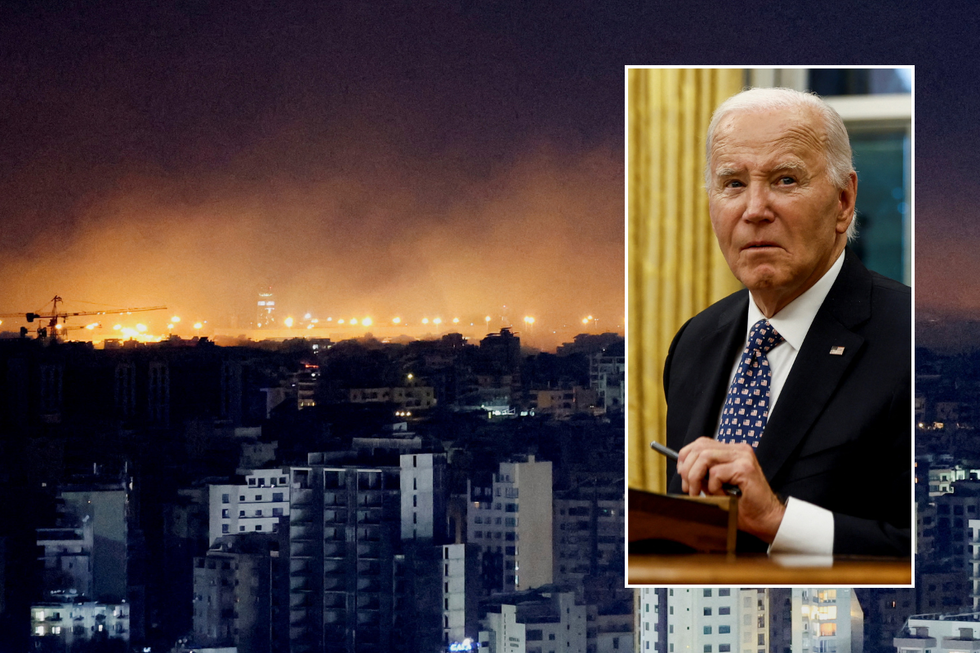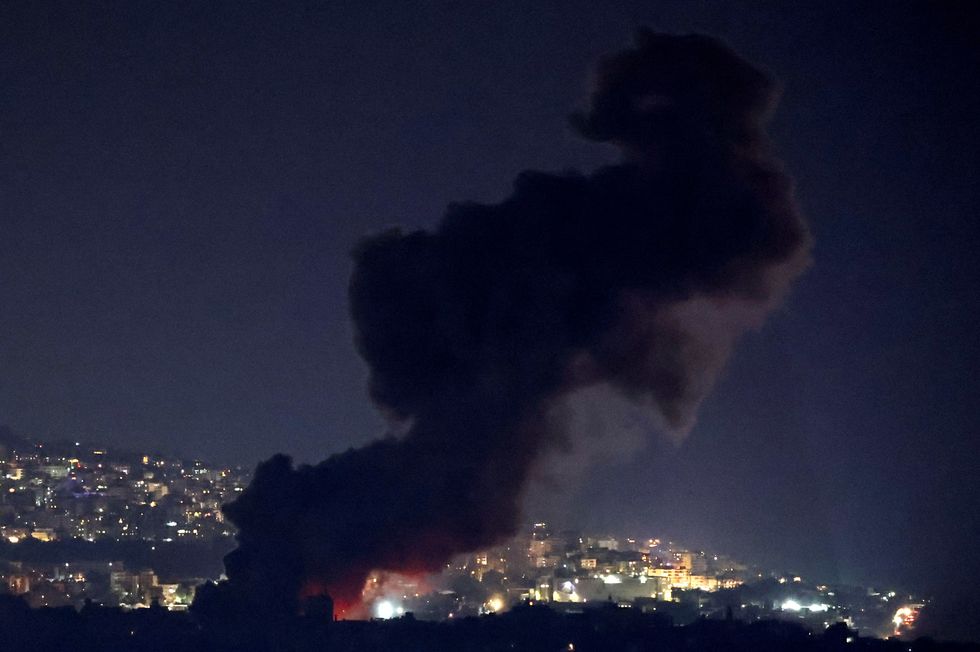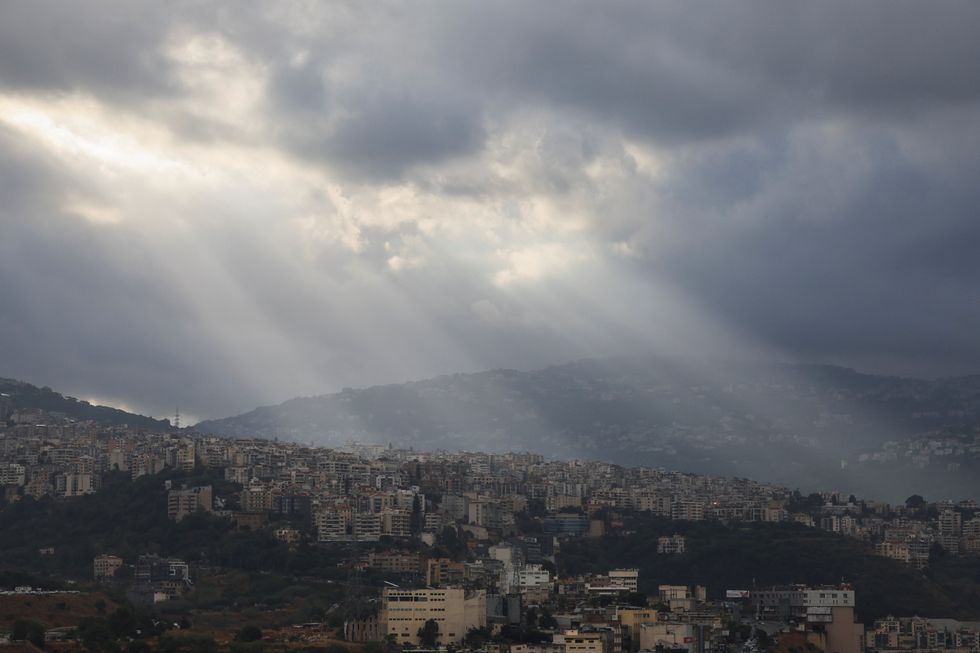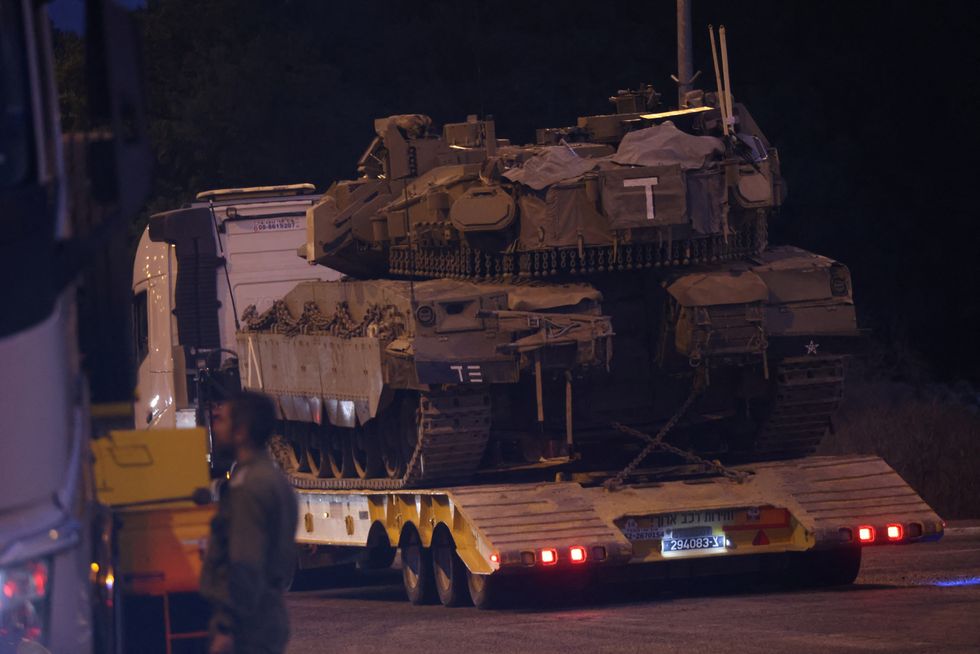US defence officials have confirmed the Pentagon will deploy a few thousand additional troops and more fighter jets to the Middle East.
Pentagon spokeswoman Sabrina Singh said the infusion of forces, which also include air-defence units, will add to the tens of thousands of American personnel already on high alert in the Middle East.
The additional personnel includes squadrons of F-15E, F-16, and F-22 fighter jets and A-10 attack aircraft, and the personnel needed to support them.
The jets were supposed to rotate in and replace the squadrons already there. Instead, both the existing and new squadrons will remain in place to double the airpower on hand.

Israel has invaded its neighbour overnight
Reuters
Singh linked the additional deployments directly to rhetoric from senior Iranian officials, including Ayatollah Ali Khamenei, who has called for all Muslims to stand with Hezbollah as it confronts Israel.
US Secretary of Defense Lloyd Austin spoke with Israeli Defense Minister Yoav Gallant on Monday, the Department of Defense said.
“They agreed on the necessity of dismantling attack infrastructure along the border to ensure that Lebanese Hezbollah cannot conduct October 7-style attacks on Israel’s northern communities,” the department said in a statement.
Austin reaffirmed that a diplomatic resolution is required to ensure that civilians can return safely to their homes on both sides of the border, according to the department.
LATEST DEVELOPMENTS IN THE MIDDLE EAST:

Smoke rises over Beirut’s southern suburbs after a strike
Reuters

Sunlight illuminates through the clouds over the mountains and Beirut’s southern suburbs following heavy rainfall, amid the ongoing hostilities between Hezbollah and Israeli forces
Reuters
Israel’s operations in Lebanon follows its deadly detonation of booby-trapped Hezbollah pagers, two weeks of airstrikes, and its killing on Friday of leader Hassan Nasrallah in Beirut.
The intensive air strikes have eliminated several Hezbollah commanders but also killed about 1,000 civilians and forced one million to flee their homes, according to the Lebanese government.
Overnight, strikes hit Beirut’s southern suburbs, a security source said. A Reuters reporter witnessed a flash of light and a series of loud blasts about an hour after the Israeli military warned residents to evacuate areas near buildings it said contained Hezbollah infrastructure south of the capital.
In the past 24 hours, at least 95 people had been killed and 172 wounded in Israeli strikes on Lebanon’s southern regions, the eastern Bekaa Valley, and Beirut, Lebanon’s health ministry said early on Tuesday. Hezbollah’s deputy leader Naim Qassem on Monday said “the resistance forces are ready for a ground engagement” adding that Hezbollah continued to fire rockets as deep as 150 km (93 miles) into Israeli territory.

An Israeli Army tank is transported, amid cross-border hostilities between Hezbollah and Israel
Reuters
Lebanon‘s army has historically stayed on the sidelines of major conflicts with Israel, and in the last year of hostilities has not fired on the Israeli military.
The operation into Lebanon represents an escalation of the conflict in the Middle East between Israel and Iran-backed militants that now threatens to suck in the U.S. and Iran.
Local residents in the Lebanese border town of Aita al-Shaab reported heavy shelling and the sound of helicopters and drones overhead. Flares were repeatedly launched over the Lebanese border town of Rmeish, lighting up the night sky.